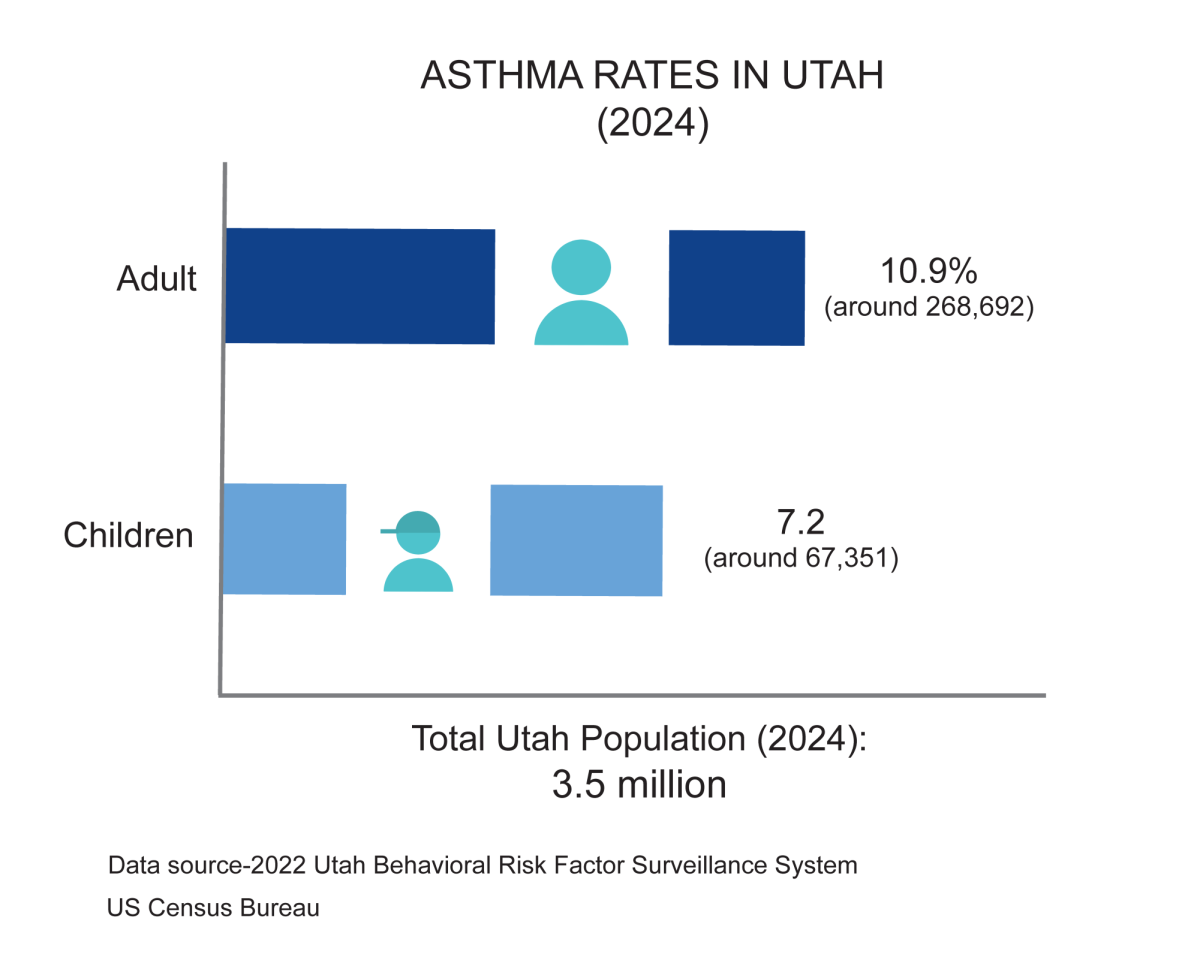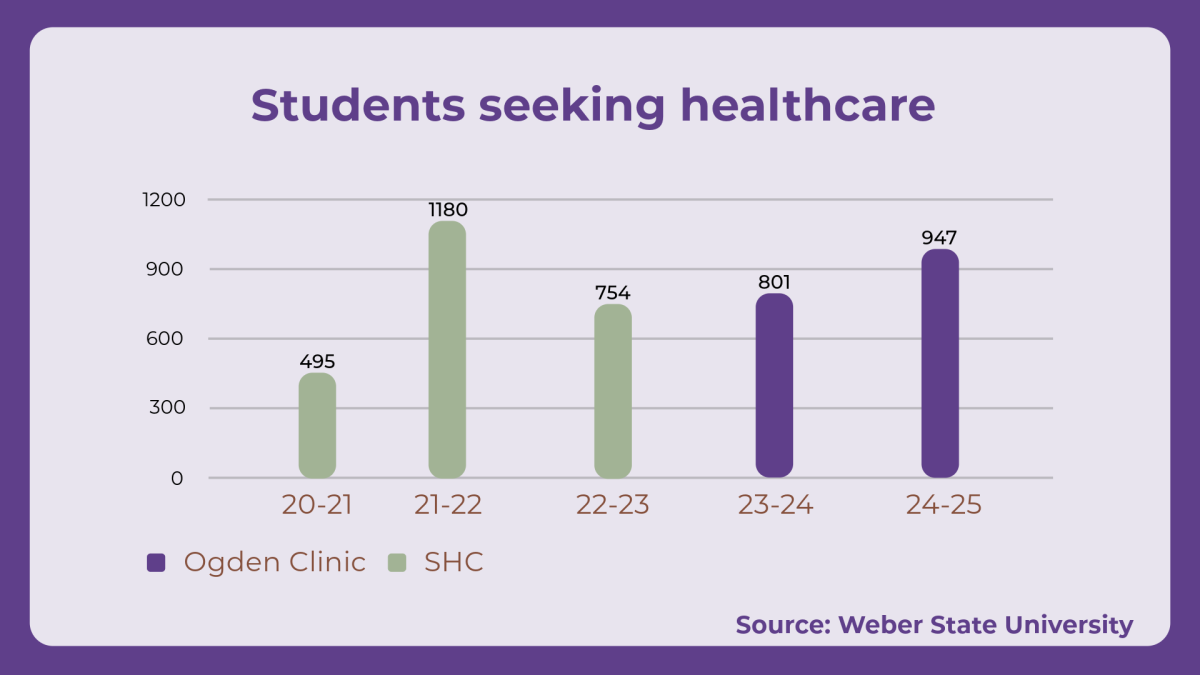
Athletic trainers Talon Bird and Andi Pigeon practice skills taught to them in class. The WSU athletic trainers took a course in emergency medical training to get certified as EMTs in Utah.
Six Weber State University athletic trainers graduated from a seven-week emergency medical training course last week, becoming licensed EMTs in the state of Utah. The Workforce Education and Retraining for Knowledge and Skills grant issued by the Department of Labor partially funded the course.
“Basically these grants allow us to accelerate the courses, have instructor-led study sessions, one-on-one tutoring, as well as care industry mentors, career counseling and job placement,” said Frederick Henderson, the coordinator of the WERKS grant program at WSU. “That is the portion of the grant that we’re controlling. It doesn’t pay tuition whatsoever; it’s just a grant that facilitates the success of people that may not feel that they can succeed in the college environment.”
WSU’s head athletic trainer, Joel Bass, said the inspiration to take the course came from a few events of the last year in Utah.
“We kind of reassessed what we were doing,” Bass said. “There have been several events that have gone on around us. The most recent one — which wasn’t a major influence, but in hindsight, it definitely would have been — was the incident in Provo. A high school coach resuscitated the one kid. Also, the Utah State incident where the basketball player’s heart stopped and they were able to revive him. We just see things around us that are, in our world, a little bit few and far between; we don’t see them much, so our experience level can get rusty.”
The class, which ran four days a week for four hours a day, covered a wide scope of emergency situations.
“A lot of the skills they learned are basic life-saving skills,” said WSU EMT coordinator Holly Nielson, the instructor of the course. “They learned how to take care of an airway, bandaging and splinting, they learned how to deliver a baby, and then they get to learn about six medications that we administer pre-hospital as an EMT. They learned how to triage if we had a mass casualty situation and how to take care of them quickly and get them transported as quick as we can.”
The course also taught the trainers how to deal with emergency situations in the minutes before paramedics can arrive.
“It was good perspective to get as an athletic trainer, to be able to understand how EMTs are trained, because we work with them a lot as an athletic trainer,” said course graduate Paul Bugnet. “Getting the training helped us to better understand their approach and what their scope of practice is. Now that we’ve gone through the course, having that scope of practice expands our emergency-care readiness quite a bit. We are expected to provide that initial emergency care as athletic trainers. I feel more comfortable and more confident in doing that initial emergency management prior to any paramedics or any other EMS personnel getting there, more so than I did before.”
The trainers also went on ride-alongs with paramedics during the class, allowing them to get firsthand, real-life experience.
“We did two eight-hour shifts with a local, fire-based EMS system,” Bugnet said. “When they got the call, we’d ride along. They’d have us do assessments, vitals and just go for it. Of course, they’d take over skills that were not in our scope of practice. But it really helped us apply what we had learned in the class and what we knew before that as well.”
Although the course is generally taken by those going into the medical field, many students in other majors have taken the course.
“It doesn’t matter to me if you are going to into the field or not,” Nielson said. “To me, you are going to learn something that will help you in your daily life. I’ve had students that have taken it before that are moms that just took it for the experience, so they knew how to help their kids if something ever happens.”



















